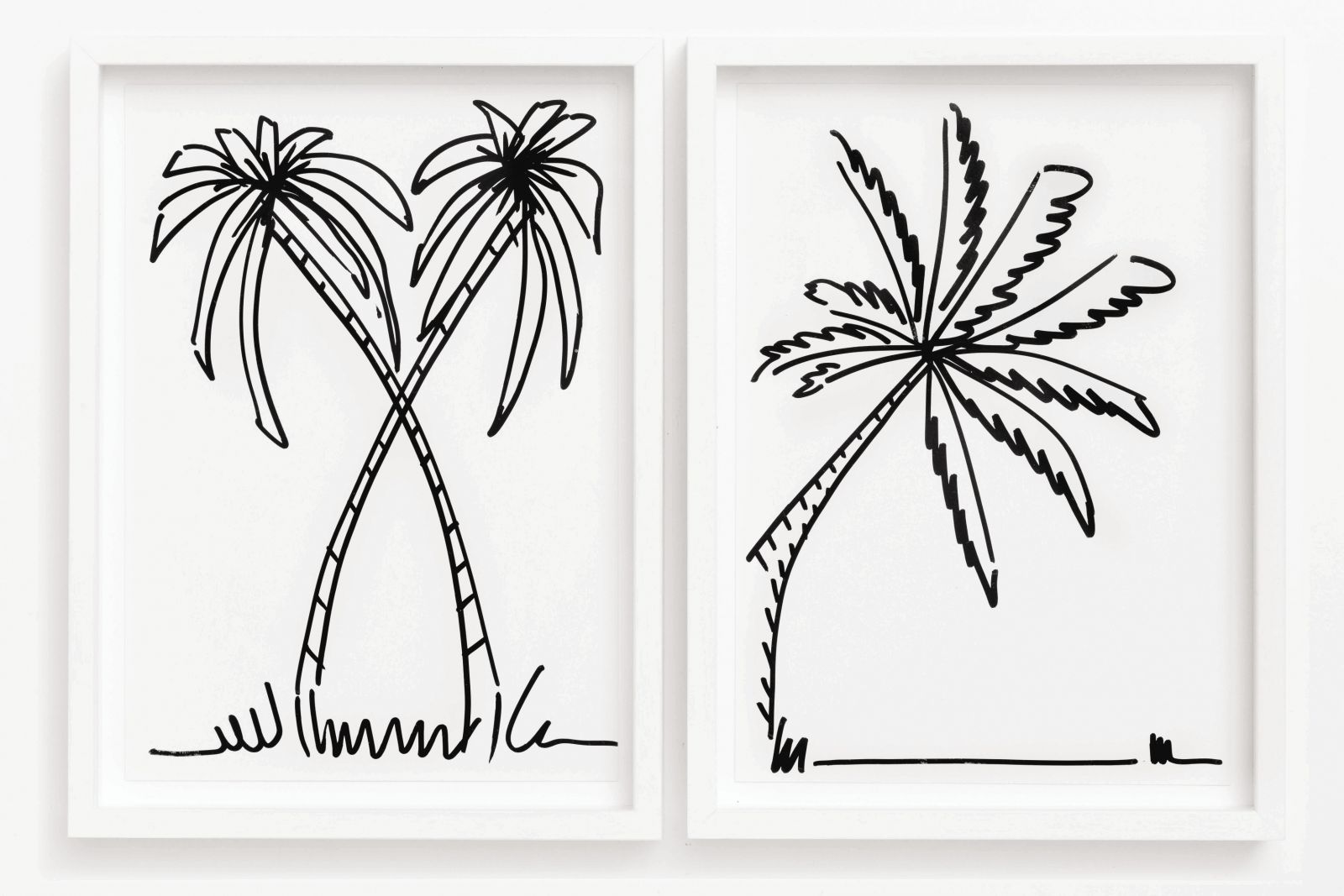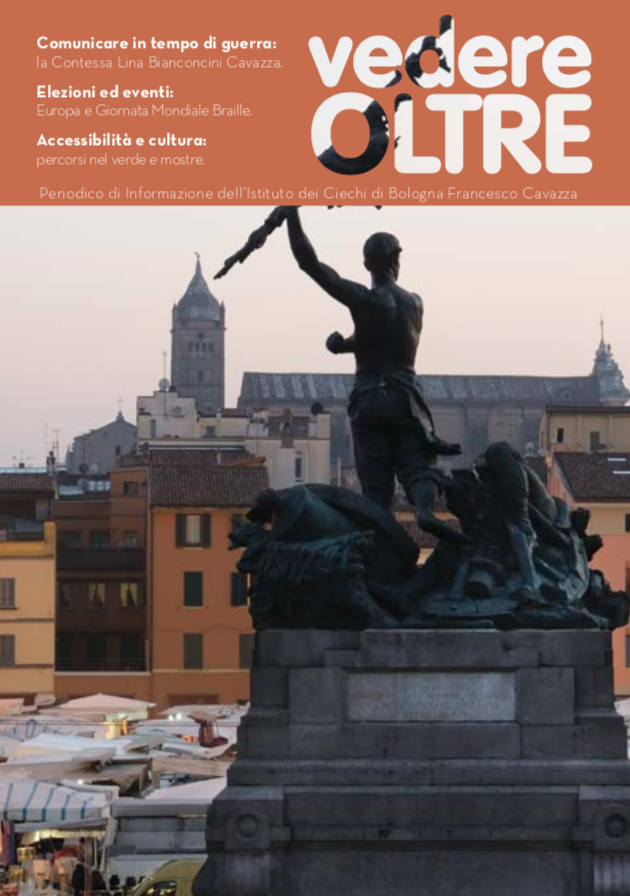The Panorama exhibit at Art City is an opportunity to talk about the landscape and harbours in Italy. It is curated with profound sensitivity by Claudio Musso. Every year Art City is an opportunity for Bologna to reflect on art and its possible meanings. Emilia Romagna has long been the scene where artistic disciplines focus on landscape and personal experiences, the ability to translate the idea beyond the pure vision and sentimentality emanating from it.
![Luigi Ghirri, Delta del Po [Po Valley], from the series Strada provinciale delle anime [Provincial road of the souls] (1989, chromogenic print from a negative, 20,2 x 27,2 cm) - Courtesy private collection, Bologna Luigi Ghirri, Delta del Po [Po Valley], from the series Strada provinciale delle anime [Provincial road of the souls] (1989, chromogenic print from a negative, 20,2 x 27,2 cm) - Courtesy private collection, Bologna](/drupal/sites/default/files/images/fornasari2_opt.jpeg) The exposition coordinated in 1982 by Tomás Maldonado for the Gallery of Modern Art: Landscape, Image and Reality is a testimony of this Emilian attitude and a reference for the Panorama exhibition. It was an opportunity to give life to a precious and articulated reflection on the concept of representation of the world and on the role of the image as a tool of knowledge. Photography, cinema, literature and geography in dialogue with each other were the protagonists. We will see over time the important dialogue between Luigi Ghirri and Gianni Celati relating to the construction of an imaginary that runs along streets and ditches of canals, made of light, temperature, humidity and the ability to listen to people's words immersed in the hum of nature. Opening the Panorama catalogue, Musso quotes the European Landscape Convention of 2000 showing how the idea of landscape is built around actions that go beyond the idea of simply looking: Landscape is "an area, as perceived by people, whose character is the result of the action and interaction of natural and/or human factors."
The exposition coordinated in 1982 by Tomás Maldonado for the Gallery of Modern Art: Landscape, Image and Reality is a testimony of this Emilian attitude and a reference for the Panorama exhibition. It was an opportunity to give life to a precious and articulated reflection on the concept of representation of the world and on the role of the image as a tool of knowledge. Photography, cinema, literature and geography in dialogue with each other were the protagonists. We will see over time the important dialogue between Luigi Ghirri and Gianni Celati relating to the construction of an imaginary that runs along streets and ditches of canals, made of light, temperature, humidity and the ability to listen to people's words immersed in the hum of nature. Opening the Panorama catalogue, Musso quotes the European Landscape Convention of 2000 showing how the idea of landscape is built around actions that go beyond the idea of simply looking: Landscape is "an area, as perceived by people, whose character is the result of the action and interaction of natural and/or human factors."

Visiting Panorama, the landscape concerns not only an instantaneous, visual experience, but is procedural in who is observing: the idea of landscape is built in people's mind through thoughts that are not necessarily of a visual nature. The landscape is an image even before it becomes one. The landscape is constructed by recreating emotions, thoughts, memories. As Musso writes, a landscape image that is visual or non-visual, sound or tactile is the result of a process that lies between the exhibition hall and the laboratory and where perceptions are connected to the mind and together disrupt the rules of nature. The landscape is built in a process that sees us touch the world while we are touched by the world. Finally, the landscape is the result of an exploration inside and outside ourselves.





.png)